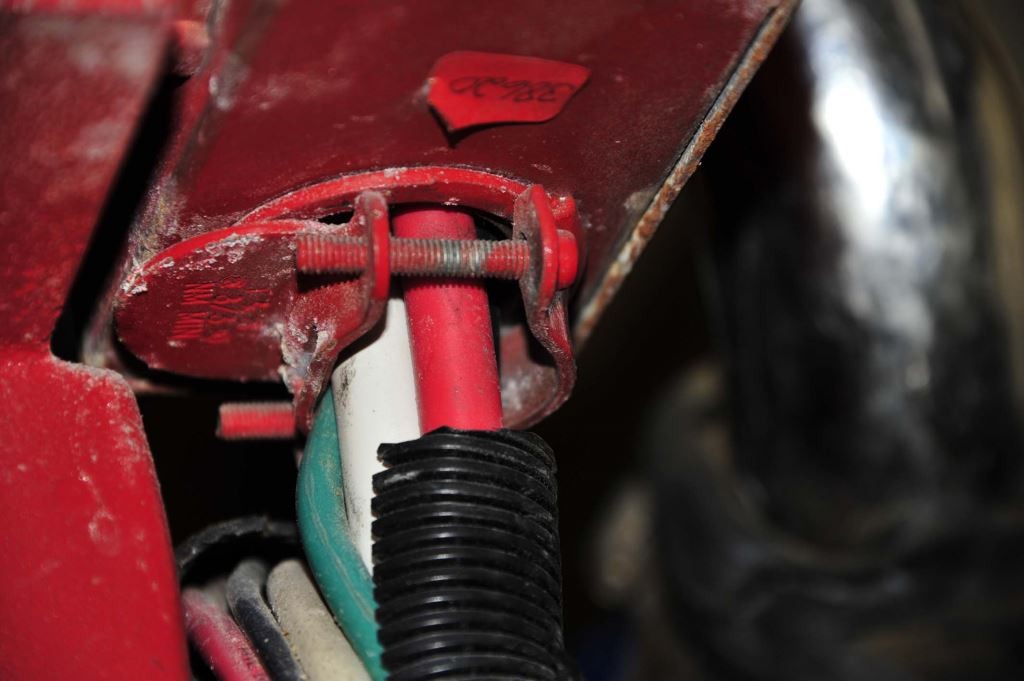Wiring Strain Relief
Photos and text by Steve D’Antonio
Copyright 2015 SDMC, Inc.
It’s an issue I encounter aboard nearly every vessel I inspect, regardless of whether it’s new or pre-owned. The wiring throughout every vessel, regardless of size and intended purpose – recreational, commercial and military – must be properly supported and protected. On this subject American Boat and Yacht Council and other industry standards provide clear mandates for boat builders, equipment installers and repair personnel. Wiring must be installed in such a way that the effects of vibration and strain are minimized. Yet, over and over again I encounter poorly routed and supported wiring. Among the most common violations in this realm is the lack of a strain relief connector or cord grip.
The mission of a cord grip is to do just that, grip the cord or wiring, preventing it from moving where it passes through an (often metallic) enclosure, like the one shown here. In the process of immobilizing the cable, it also prevents it from chafing, which could lead to a short circuit, fire or electrocution. In the absence of a grip, if the cables or individual wires are stressed or pulled on, the tension is transmitted directly to the connections inside the device, a battery charger, inverter or transformer for instance. If a cable or wire is damaged or dislodged from its terminal, the results could be serious indeed.
In the case of the accompanying image, a cord grip is present; however, it’s not installed properly; it’s not tight, and therefore is of little value. Pulling on these wires, the AC supply from a generator, places strain directly on the connections within the junction box. Make sure all of your cords are properly gripped, especially those passing through metallic enclosures.
For more information on the services provided by Steve D’Antonio Marine Consulting, Inc. please e mail Steve at info@stevedmarineconsulting.com or call 804-776-0981



